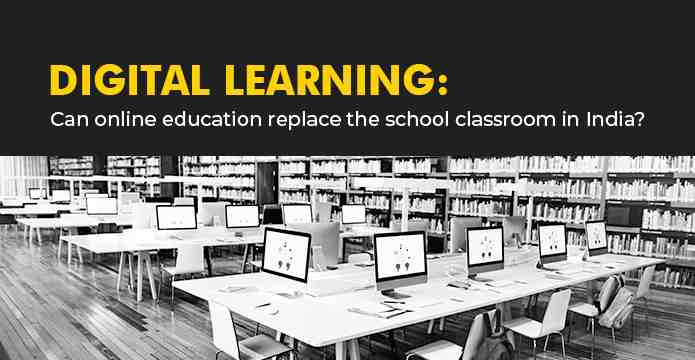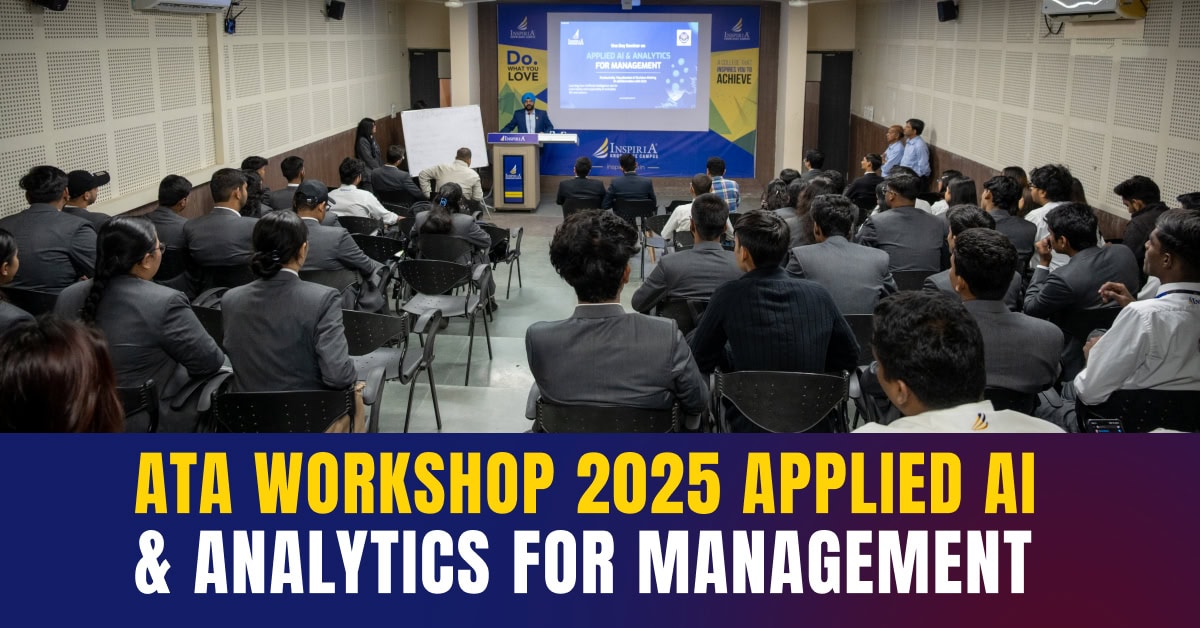The unforeseen ripple of covid-19 pushed the education towards the dark edge of uncertainty. The drastic surge of pandemic dismantled the academic syllabus across the world. Amid the unrest, online education emerged as a remedy to neutralize everything that was disorientated due to the mandatory lockdown. Several educational institutions across the world switched to digital learning to curb the infection and ensure continual learning. The new approach of learning vouched by technology indeed reimbursed the learning gap induced by the pandemic.
However, a bigger risk has emerged to influence the future of education in India. Even amid the digital rush, the alternative of online education remains a distant dream for the impoverished. While technology serves as a crux of e-learning, but for the majority, it’s a rare bet to obtain stable internet connectivity, especially in rural provinces in India.
Students who attend government schools, kids from migrant families are latched from their rights to education due to the outbreak. For some families with members working from home, it’s practically hard for them to afford multiple gadgets at once.
On the contrary, the learning crisis may not exist amongst the privileged, but the continuous screen timing is raising a concern whether it’s helping or impeding their growth. If we consider kids, prolonged screen exposure at an early age can impede their mental development, weaken eyesight, and continual isolation can result in multiple behavioral issues.
This new reality is tough for teachers, students, including parents. Some senior students are anxious about their held off internships, while some are disappointed with their postponed exams and grades. The youths are clueless about the new-age skills that are likely to be needed during the post-pandemic era. Likewise, teachers are dealing with this complication. Many are still trying to trace their students who have either migrated or, are missing from the class session due to the lacking access to digital platforms.
Considering all this crisis and flaws, the call of the hour is to ensure that students never lag behind in learning, be it now or, in the future. We should understand that a single or, the common approach is not enough to fill this learning gap in India. We should explore more and organize a practical approach to ensure learning amongst all.
For example, the PM eVidyalaya Scheme focuses on imparting education even to remotest countries. The intent of the scheme is equitable education for all students in India. But, it holds multiple strategies to meet it.
First, unlimited e-learning access via Diksha (one nation one digital platform) which can benefit nearly 25 crores school students in India. Also, this platform will provide QR generated books for all classes, unlimited e-contents in 14 different languages.
Second, for those unable to access the first option, they can learn via exclusive DTH channels. Under the same Scheme, one devoted TV Channel for each standard starting from Class 1-12 will be initiated. The classes for various subjects will be conducted and telecasted at a designated time.
Third, under PM eVidyalaya Program, community radio will be widely used in order to broadcast live class sessions. The podcast will be aired through 289 radio stations as an attempt to transmit lessons at the isolated areas where the internet and televising are unavailable.
Fourth, the provision of special content for visually impaired and hearing-impaired students. The same is created on DAISY (Digitally Accessible Information System) and in sign language, which can be accessed on NIOS Youtube Channel.
The factual instance and approach are practical. However, we are not yet convinced enough to replace physical classrooms with online education in India. The reality is, only about 8-12% of students get access to digital education in our country. It’s obvious, we should act more towards ensuring optimum remote accessibility through portable devices. We need adequate innovative strategies, technical support, and well-curated content for various subjects and classes to meet the said goal.
Also Read: Difference Between Traditional Learning Vs Online Learning
For the handful of privileged, digital lessons should integrate activities to limit screen time. In a live session, teachers should break down the class into priority groups to ensure better communication and learning. Most importantly, the students should be taught to instill a habit of self-study.
The pandemic has made it obvious that we need to reanalyze our education system. Also, we need to sustain a safe environment and put-in enough infrastructure in schools that can be accessed during the crisis. Collaborative steps should begin immediately for fresh, extensive, rightful, and sustainable ecosystems of unbiased online learning in India.








